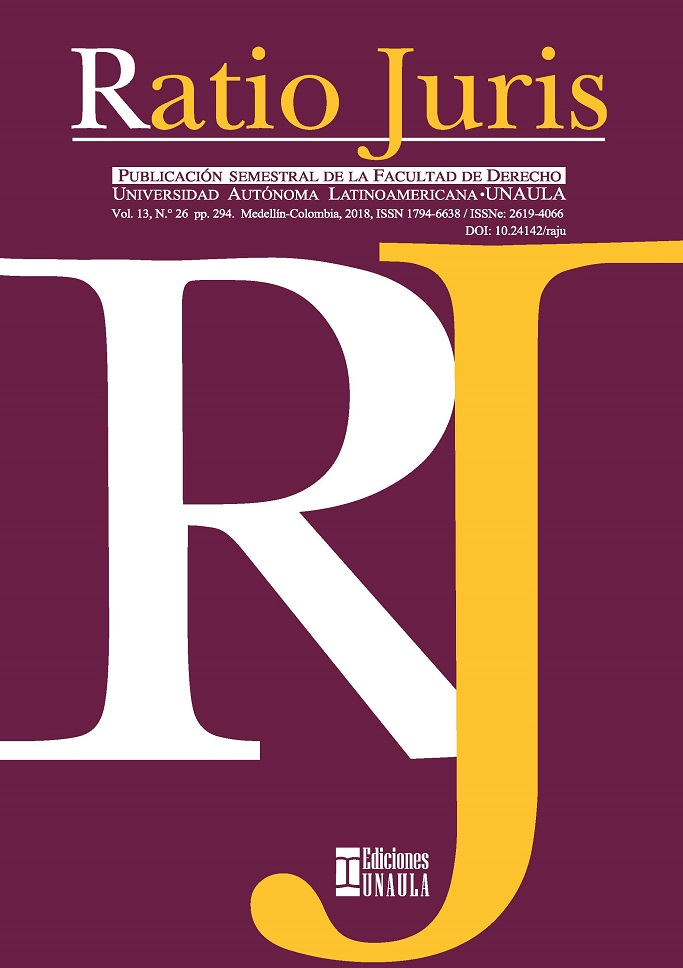The symbolic oppression and the response of the oppressed
DOI:
https://doi.org/10.24142/raju.v13n26a8Keywords:
Symbolic violence, oppression, gender, race, silence and responseAbstract
The present essay has the objective of connecting the theory created by Pierre Bourdieu on the symbolic violence and the text of Audre Lorde, “The use of anger: women responding to racism” from her book “Sister Outsider”; demonstrating the importance of the debate on the relationship between dominant and dominated from racial bias, a topic addressed by both authors in their texts. For this purpose, we intend to differentiate the objective results of hatred, anger and guilt, as well as the way in which invisible aggressions affect the life of the oppressed. With the approach of racism in the life of the “women of color” (expression used by Lorde to encompass all non-white women) that even today, in a social pyramid, they are at a disadvantage in terms of other individuals. It is part of the objectives also to bring to the surface the reaction of the oppressed as a natural consequence of centuries of silencing, deprivation and dehumanization, analyzing the institutional mechanisms for social pacification.
References
Bordieu, P. (2016). A dominação masculina: A condição feminina e a violência simbólica. Rio de Janeiro: Edições Bestbolso.
Esteves, A. (2007). O 13 que a História não contou. Recuperado de http://www.overmundo.com.br/overblog/o-13-que-a-historia-nao-contou
Lorde, A. (1984). The use of anger: womens responding to racism. In Sister Outsider (págs. 124-133). Toronto: Crossing Press.
Nussbaum, M. C. (2010). Sin fines de lucro: por qué la democracia necesita de las humanidades. Madrid: Katz.
Taylor, Ch. (1994). A Política de Reconhecimento. In Multiculturalismo: examinando a política de reconhecimento. Lisboa: Instituto Piaget.
Veloso, L. F. (2011). Expectativa de vida e Mortalidade de escravos: Uma análise da Freguesia do Divino Espírito Santo do Lamim – MG (1859-1888). Histórica – Revista Eletrônica do Arquivo Público do Estado de São Paulo, 51.
Published
How to Cite
Issue
Section
License
La rivista consente all'autore (s) di mantenere i diritti di pubblicazione senza restrizioni.
Le journal permet à l'auteur (s) de conserver les droits de publication sans restrictions.
The journal allows the author (s) to retain publication rights without restrictions.
La revista le permite al autor(es) retener los derechos de publicación sin restricciones
Die Zeitschrift ermöglicht es dem / den Autor (en), Veröffentlichungsrechte ohne Einschränkungen zu behalten.
A revista permite que os autores mantenham os direitos de publicação sem restrições.











































